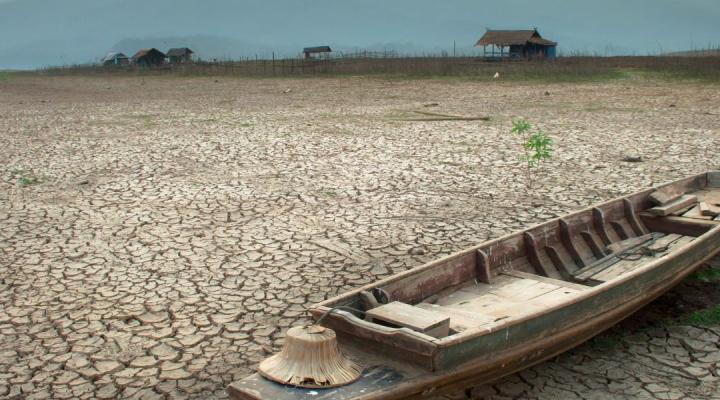Background resources on air pollution for the Burjeel Holdings and Saïd Business School Climate Change Challenge
Air pollution and climate change
The United Nations Environment Programme’s (UNEP) message is stark: ‘Air pollution is the greatest environmental threat to public health globally and accounts for an estimated 7 million premature deaths every year.’ And the link between climate change and air pollution is clear.
Air pollution develops in two contexts: indoor (household) air pollution and outdoor air pollution and is caused by the following factors:
- cookstoves
- kerosene lamps
- coal-fired power plants
- vehicle emissions
- industrial furnaces
- wildfires
- sand and dust storms.

In the UK the Department for Environment Food and Rural Affairs says the major threat to clean air is now posed by traffic emissions. Friends of the Earth, a grassroots environmental campaigning community has mapped air pollution hot spots in England and Wales.
Impact of air pollution on human health
Our air is a common good and a common responsibility. Let’s work together to clean it up, protect our health, and leave a healthy planet for generations to come.
Scientists and medical professionals are learning more and more about the impact of air pollution on our health. As the UNEP explains with every breath we take, we suck in tiny particles that can damage our lungs, hearts, and brains and cause a host of other health problems.
One of the most dangerous of these particles is referred to as PM2.5. In this video the BBC’s Environment Correspondent uses virtual reality to help us visualise these microscopically small particles. Given the scale of the air pollution problem it is clear why so many countries now classify air pollution as a public health issue negatively affecting physical and mental health.
Back in 2018 a team from Oxford University working with colleagues in China studied the exposure of residents in five rural areas in China to household air pollution from using wood or coal for cooking and heating. They found that those who cooked using coal or wood (‘solid fuels’) had a 20% higher mortality risk from cardiovascular disease compared to those who mainly used gas or electricity; and people who heated their homes using solid fuels had a 29% increase in risk, after taking account of other demographic, dietary and heath related effects.
In Nepal air pollution is a public health crisis and this video from the World Health Organization (WHO) - Did you know - using a clean cookstove can protect your health? - shows how they are introducing clean cooking stoves.

More recently a team led by Professor Kam Bhui, at Oxford University's Department of Psychiatry, studied the links between air pollution and mental health and found evidence that exposure to air pollutants may lead to depression, anxiety, psychoses, and perhaps even neurocognitive disorders, such as dementia. There were also indications that children and adolescents might be exposed to air pollution at critical stages in their mental development making them at risk of the most severe impact and significant future mental health problems.
Pollution Action Note – Data you need to know
UN Environment Programme | September 2023
Air Pollution
Our World in Data | January 2021
Air quality and mental health: evidence, challenges and future directions
British Journal of Psychiatry | July 2023
Association of Solid Fuel Use With Risk of Cardiovascular and All-Cause Mortality in Rural China
Journal of the American Medical Association | April 2018
Air Pollution
Friends of the Earth





